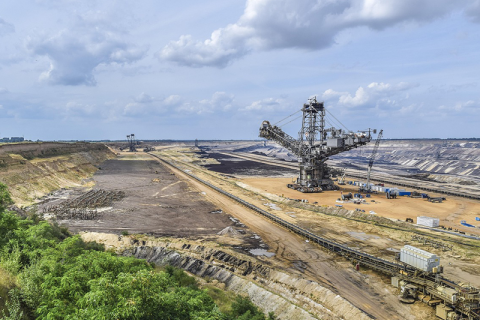
- Home
- >
- News
- >
- Product News
- >
News
There are many factors that influence belt conveyor speed. The speed depends on factors such as size, weight, cost, and performance. Given the same conveying distance and capacity, a smaller belt width results in a lower-priced Nylon Conveyor Belt. Increasing the belt width also increases costs. Therefore, when selecting conveyor belt speed, multiple factors should be considered. Let's discuss the characteristics of the material being conveyed, the layout and discharge method of the belt conveyor, and the conveying capacity and Nylon Conveyor Belt width.
Industrial nylon conveyor belts are critical equipment in automated production lines. Their speed and stability significantly impact overall efficiency. However, in actual use, slow conveyor belt speeds frequently occur, severely impacting production schedules and efficiency.
Typically, the speed of a conveyor belt can be adjusted by adjusting the motor speed. The speed can be adjusted based on production needs and material handling requirements. Some conveyor belts are also equipped with a speed regulator, which allows for manual or automatic speed control.
In industrial nylon conveyor belt systems, a belt cleaning system is a crucial component. A well-designed cleaning system ensures smooth conveyor belt operation, reduces impurities, and minimizes scratches caused by residual material or impurities.
The rapid development of heavy industry worldwide has made material transportation a major challenge, and the demand for Nylon industrial conveyor belts has continued to rise. The demand for industrial conveyor belts is particularly high in industries such as mining, metallurgy, power generation, building materials, and chemicals. The corrosion- and wear-resistant properties of nylon industrial conveyor belts effectively improve efficiency and safety in production environments.
During belt conveyor operation, some material or dust inevitably adheres to the conveyor belt surface. If the unloading device cannot completely remove the material, a conveyor belt cleaner is needed to remove this adhered material.
The Industrial Pattern Conveyor Belt is a specialized conveyor belt specifically designed for use in industrial material handling scenarios. Through the raised pattern structure, such as V-shaped,herringbone, wave, etc., the friction of the belt surface is significantly improved, which is designed to solve industry problems such as large inclination conveying, slippery material adhesion, and high wear environment.
The surface of the vacuum rubber filtration conveyor belt is a row of transverse grooves, and there are one or more rows of drainage holes in the grooves, and the drainage hole section can be made of pure glue; The skeleton layer of the belt body is made of high-strength polyester canvas or ribbon canvas; The upper and lower covering rubber of the filter belt can adopt different formulas according to the working conditions to meet different needs such as acid and alkali resistance, heat resistance, oil resistance, and cold resistance. The forming and vulcanization of the tape adopts a one-time integral compounding process to ensure the flatness of the tape body and the stability of performance.
Rubber conveyor belt is a rubber, fiber, metal composite product used to carry and transport materials, or a plastic and fabric composite product. Rubber conveyor belt is widely used in cement, coking, metallurgy, chemical industry, steel and other industries with short conveying distances and small conveying volumes.
Rubber conveyor belt is the main component of belt conveyors and can be used in coal, metallurgy, mining, chemical industry, construction and transportation industries. The materials transported by the rubber conveyor belt are divided into bulk, powder, paste and finished products. At work, the conveyor belt will inevitably encounter some scratches, damage and other problems. This article will introduce you to the three commonly used conveyor belt repair methods.
In the transportation link of industrial production, the stable operation of nylon conveyor belt will directly affect production efficiency. However, slippage, as one of the common failures of nylon conveyor belt, often leads to equipment downtime, material loss and other losses. This article will continue to explain to you the remaining four causes and solutions that caused the nylon conveyor belt to slip.












